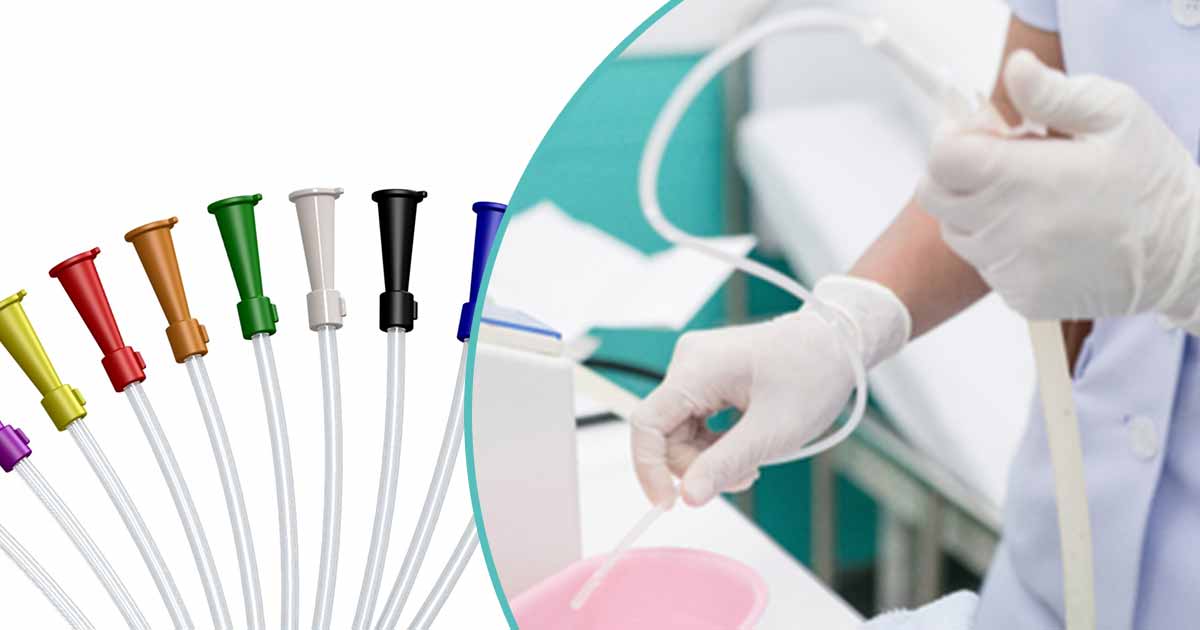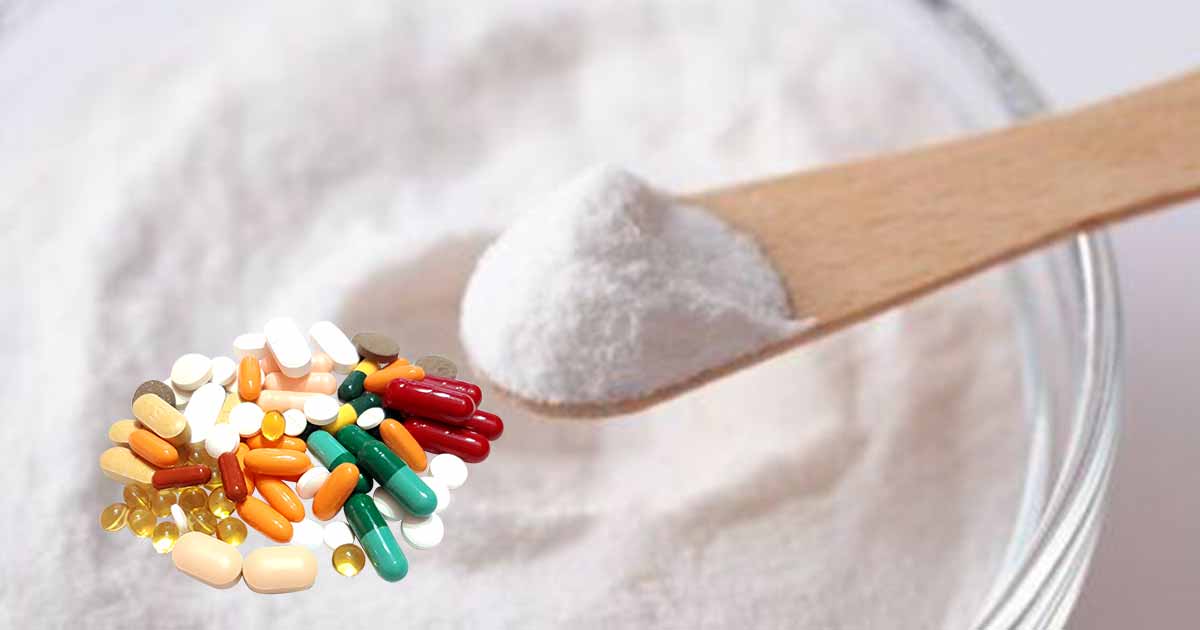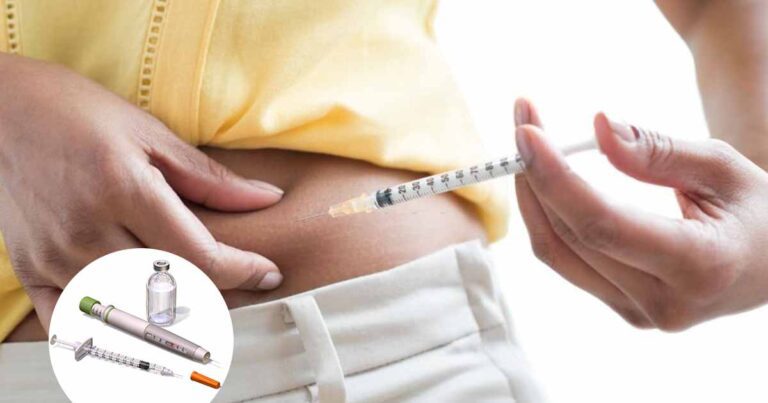A suction catheter is a sterile medical device that can be used to extract secretions such as mucus or saliva from the mouth, trachea, and bronchial tubes from critically ill patients.
One end of the catheter is connected to the aspirator or collection canister, the other end is placed directly into a tracheal tube to extract secretions.
The suctioning clears the mucus from the tracheostomy tubes and improve breathing in patients who cannot effectively move secretions from the respiratory tract. It also decreases the risk of aspiration, nosocomial pneumonia, and improve pulmonary gas exchange.
Possible causes of this inability to remove secretion from the airway are excessive production of secretions, and poor clearance.
This will cause accumulation of secretion in the upper respiratory tract (mouth, nose, oropharynx, nasopharynx, and laryngopharynx) and lower respiratory tract (trachea, major and segmental bronchi, and terminally alveoli). This leads to airway obstruction and issues in the exchange of oxygen and carbon dioxide.
- READ ALSO: Cervical Collar (Neck Collar): Types, Uses
Suctioning Technique
The suctioning technique could be open vs. closed, superficial vs. deep.
Open suction involves disconnection from the ventilator, and the use of a single-use suction catheter.
Closed suction or in-line is a current practice. It involves a suction catheter that is attached as a part of the ventilator circuit connected to the patient. It is preferable in ventilated patients, as it reduces airway collapse when the patient is disconnected from the ventilator.
Closed suction has lesser adverse effects and more advantages than the open suctioning, however both methods does not reduce ventilator-associated pneumonia.
Superficial suctioning involves going down with the suction catheter only up to the end of the artificial airway (endotracheal or tracheostomy tube). This method is the best to avoid mucosal injury and trauma.
Deep suctioning means going down with the catheter till resistance is met, which can theoretically be until the carina or primary bronchi are reached.
The Design of the Suction Catheters
Suction catheters have a central soft hole at the tip. There are also two opposite relief holes, about one cm from the end, to secure an atraumatic suction. The connector helps to provide secure connection with the standard suctioning equipment.
Together with the connectors, the catheter comes in three different lengths 25 cm, 40 cm, 53 cm
The coudé catheter has an angled tip that helps to control the direction of the catheter in the bronchial tree. A little lump on the connector indicates the direction for which the tip is bent. This type of catheter is available in 53 cm length, with connector (4 cm).
There are suction catheters with built-in vacuum control. The vacuum control helps to control the suction strength with the fingertip through intermittent suction technique. This type is available in two lengths with connector (6 cm): a 35 cm suction catheter with centimeter graduation, and a 53 cm suction catheter without graduation.
The material from which suction catheters are made from are PVC without phtalates or TPE (a non-PVC material)
Suction catheters are disposable, for single use, and have a shelf life of 5 years. Suction catheters are packaged in perforated sheets in the carton ward box to enable the removal of one catheter at a time.
Main Indications of Suction Catheter
- Removal of secretion from the respiratory tract
- To maintain the patency of artificial airways, such as an endotracheal tube or a tracheostomy tube.
- For diagnostic purposes such as microbiological and histological review of the airway secretion
- To remove blood and other materials such as meconium from the airway
- To protect the airway from aspiration
- Treat symptomatic hypercapnia, and hypoxemia.
Contraindications
- Severe hemoptysis,
- Severe bronchospasm, and
- Undrained pneumothorax.
Types of Suctioning
The main types of suctioning are:
- Oral suctioning
- Nose suctioning (nose)
- Nasopharyngeal and oropharyngeal suctioning
Types of Suction Catheters
There are different types such as closed system, a rigid yankauer, latex rubber, latex free, etc.
Closed System Suction Catheters:
These types are encased completely, as to prevent the risks of developing infections associated with suctioning.
Yankauer Suction Catheters:
Rigid plastic suction catheter, that has rigid suction tips surrounded by a bulbous head. They are used for oral suctioning to eliminate secretions in the oropharynx and external nares.
Y-suction catheter
This soft suction catheter is used for endotracheal tube suctioning. It can also be used to suction the nares, nasopharynx, oropharynx, stoma, tracheostomy, and airway adjuncts.
Latex Rubber Catheters:
They are very soft and flexible. Their radiopaque property means it can be used for x-ray.
Latex-Free Suction Catheters:
They prove to be ideal for individuals with latex allergies
Meconium Aspirator
It is a simple plastic adapter and allows rapid suctioning of the trachea when attached to an endotracheal tube. It is used to remove meconium in cases of neonatal meconium aspiration.
Different Sizes of the Suction Catheters
The connectors and tips of the suction catheters are also color coded according to international standards to help identification of different sizes.
The various sizes of suction catheters and their colors are:
- 04 Fr – Purple
- 05 Fr – Grey
- 06 Fr – Light green
- 07 Fr – Violet
- 08 Fr – Light blue
- 10 Fr – Black
- 12 Fr – White
- 14 Fr – Green
- 16 Fr – Orange
- 19 Fr – Red
- 20 Fr – Yellow
Complications of Suction Catheter
- Bronchospasm
- Mucosal trauma
- Increased intracranial pressure
- Infection
- Pneumothorax
- Hypotension or hypertension
- Cardiac dysrhythmias
- Atelectasis
Steps in Using the Suction Catheters
Before starting the process, you need equipment such as:
- Two different sizes of sterile suction catheters, with one being smaller than the required size
- Oxygen source and vacuum with calibrated collection container
- Sterile saline
- Manual resuscitation bag for ventilation
- Protective equipments such as sterile googles, face masks, and gloves to prevent contamination and secondary infections.
- Monitoring equipments such as stethoscope and continuous measurement of pulse oximetry and heart rate.
- Additional medications when needed
Procedure of Using Suction Catheter with Tracheostomy
- Pre-oxygenate the patient with 100% fraction of inspired oxygen (FiO2) using a self-inflating bag or through the ventilator in the case of mechanical ventilation. Pulse oximetry measurements are also required.
- Pre-oxygenation is used to prevent hypoxia that usually occur in airway suctioning.
- The patient’s neck should be in extension, and don the sterile gloves and googles.
- The catheter is lubricated with sterile saline solution or water-soluble gel
- The suctioning should be done with the right type and size of the suction catheter. The correct catheter size should be 50% of the internal diameter of the endotracheal tube.
- It is done by introducing the catheter to a depth no more than the tip of the artificial airway to avoid trauma and bleeding from airway mucosa.
- The pressure in the suctioning is
- 60-80 mmHg: neonates (newborn)
- 80-100 mmHg for pediatrics
- 80-120 mmHg in adults.
During the airway suction, allow the patient to recover for at least 10 to 15 seconds and re-oxygenate as needed before re-suctioning again.
The American Association of Respiratory Care does not recommend the use of normal saline in suctioning.
References
- https://www.ncbi.nlm.nih.gov/books/NBK557386/
- https://www.aboutkidshealth.ca/article?contentid=3852&language=english
- https://www.sciencedirect.com/topics/nursing-and-health-professions/suction-catheter












